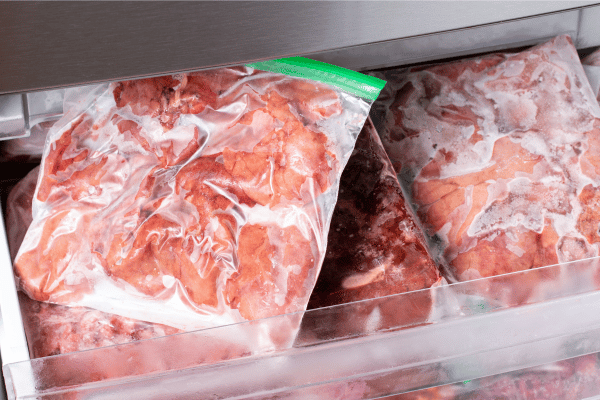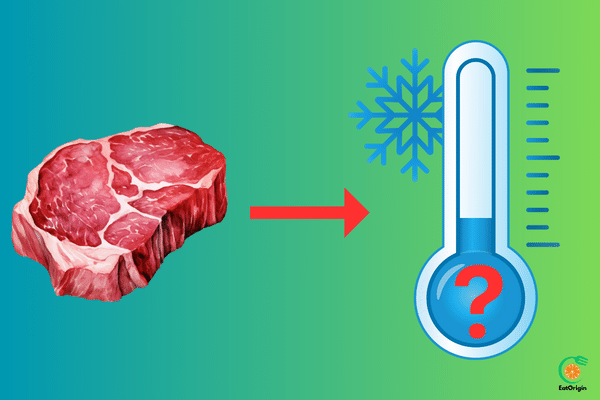Fresh beef is a highly perishable food item that requires proper handling and storage to ensure its safety and quality. Maintaining the correct temperature is crucial in preserving the meat’s freshness and preventing the growth of harmful bacteria.
This article delves into the ideal cold holding temperature for fresh beef and provides practical tips for prolonging its shelf life, identifying spoilage, and ensuring a safe culinary experience.
Proper Cold Holding Temperature for Fresh Beef
According to the United States Department of Agriculture (USDA), the recommended safe refrigerator temperature for fresh beef is 40°F (4.4°C) or below.
Keeping the beef at this temperature or colder helps to slow down the growth of bacteria and extend its shelf life.
It’s essential to maintain a consistent temperature throughout the refrigerator, as fluctuations can promote bacterial growth and accelerate spoilage.
Investing in a reliable refrigerator thermometer and regularly monitoring the temperature can help ensure that your beef stays within the safe zone.
How Long Does Fresh Beef Last in the Fridge and Freezer?
The shelf life of fresh beef in the refrigerator can vary depending on several factors, such as the cut, packaging, and handling practices. Generally, according to the USDA, fresh beef can be stored in the refrigerator for:
| Cut of Beef | Refrigerator Shelf Life | Freezer Shelf Life |
|---|---|---|
| Ground Beef | 1-2 days | 3-4 months |
| Steaks | 3-5 days | 6-12 months |
| Roasts | 3-5 days | 4-12 months |
It’s important to note that these are approximate guidelines, and the actual shelf life may be shorter or longer depending on the specific circumstances.
Proper handling, storage, and adherence to food safety principles are crucial for maximizing the freshness and safety of the beef.
How Do You Keep Beef Fresh Longer in the Refrigerator?
To extend the shelf life of fresh beef in the refrigerator, follow these tips:

- Store beef in the coldest part of the refrigerator: This is typically the bottom shelf or the meat drawer, where the temperature is most consistent and coldest.
- Use airtight packaging: Beef should be tightly wrapped or stored in airtight containers to prevent air exposure, which can lead to oxidation and spoilage.
- Separate raw beef from other foods: Keep raw beef separate from other foods to prevent cross-contamination. Store it on the bottom shelf or in the meat drawer to prevent juices from dripping onto other items.
- Freeze for longer storage: If you don’t plan to consume the beef within the recommended refrigerator storage time, consider freezing it to extend its shelf life. Frozen beef can typically be stored for 6-12 months.
By following these simple guidelines, you can help maintain the quality and safety of fresh beef for a longer period.
How Can You Tell if Beef Has Gone Bad?
Despite your best efforts, beef can still spoil if not consumed within its appropriate shelf life. According to National Institutes of Health(NLM), Here are some signs to look out for that indicate beef has gone bad:
- Odor: Fresh beef should have little to no odor. If it has a sour, rancid, or ammonia-like smell, it’s likely spoiled.
- Color: Fresh beef should be bright red or purplish-red. If it has turned brown, gray, or green, it’s a sign of spoilage.
- Texture: Spoiled beef will often feel sticky or slimy to the touch, rather than firm and dry.
- Slime or mold: Any visible slime or mold growth on the surface of the beef indicates spoilage and should be discarded immediately.
Always prioritize food safety and consult with reputable sources or consult a professional if you have any concerns.
By understanding the proper cold holding temperature for fresh beef, implementing proper storage techniques, and recognizing signs of spoilage, you can ensure the safety and quality of your beef while minimizing food waste.

